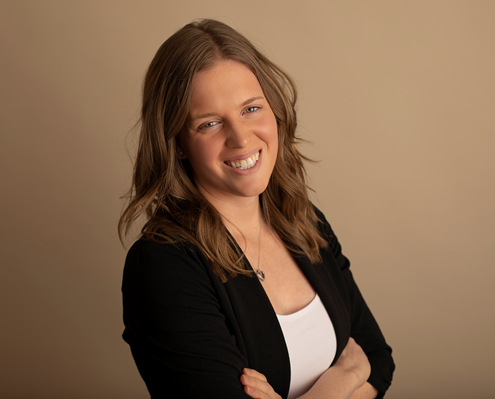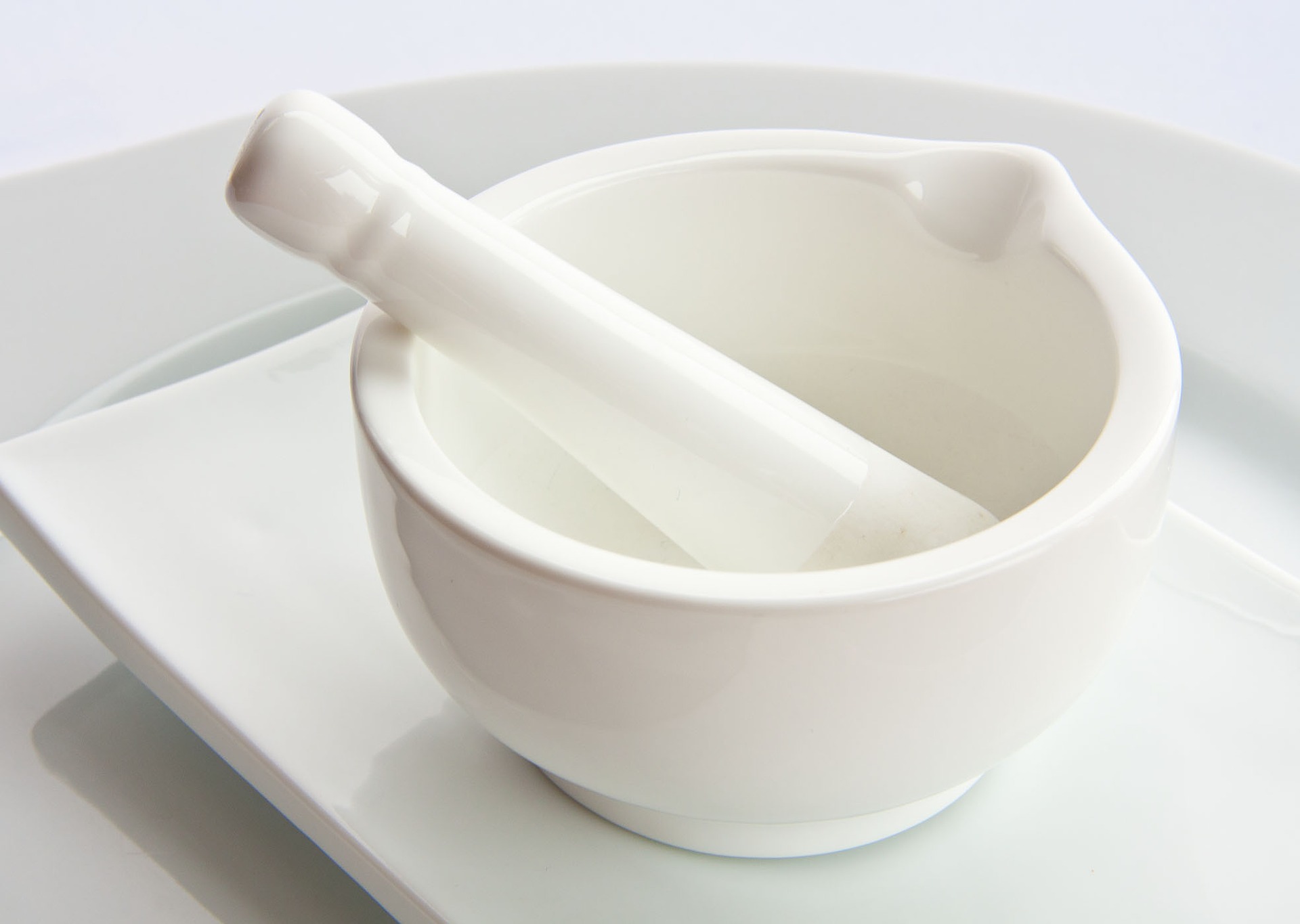By: Melvin Vazquez, PharmD Candidate and Mary E. Fredrickson, PharmD, BCPS
Compounding is a unique and valuable skill of pharmacists, and colleges of pharmacy have been in search of ways to optimize compounding education. In 2009, the American Association of Colleges of Pharmacy (AACP) convened a task force to assess compounding education within the curricula of its member institutions.1 They provided recommendations related to number of credit hours, faculty involvement, and allocation of lab space and funds.1 Over a decade later, compounding education remains inconsistent across programs, with variations in curricular elements such as scope and frequency. This is partly a result of differences in available faculty, space, and monetary resources.1
More recently, the ongoing pandemic has presented an additional challenge within the compounding education sphere, with faculty responsible for developing virtual counterparts to what are traditionally hands-on activities and assessments. While the use of live training to ensure students have well-developed compounding skills is undisputed, we feel virtual instructional strategies have the potential to enrich compounding education, fill curricular gaps, and provide unique opportunities for student learning in a post-pandemic landscape.
The Utility of Virtual Compounding Education
Pharmacy programs may face a variety of obstacles when attempting to provide their students optimal compounding training, ranging from limited credit hour availability to budget constraints (Figure 1). Below, we discuss how utilizing different virtual strategies can assist with overcoming these challenges, some of which we have faced at our own institution. Challenges related to limited credit and contact hours and limited resources and faculty will specifically be addressed.
Figure 1: Compounding Education Challenges
Challenge: Limited Credit and Contact Hours
Students in programs within limited credit hours devoted to hands-on compounding training may struggle to acquire and retain important knowledge and skills. In some cases, including at our institution, students may only get the opportunity to compound specific products one time during a course, with no ability to return to a lab setting to practice and hone these skills. For sterile compounding training, a potential solution is use of a simulation program that allows students to practice applying aseptic procedures and USP 797 guidelines. This resource can be incorporated within current courses and also made accessible to all students preparing for OSCEs (Objective Structured Clinical Examinations), institutional experiential rotations, the NAPLEX, and compounding licensure exams. Implementation of a simulation program is a one-time expense, and requires dedicated time for faculty to become proficient with the software. Pharmacy schools could also consider providing an online database of nonsterile and sterile compounding-related resources such as demonstration videos, animations, formulas, and calculations practice for similar student use.
Challenge: Limited Faculty and Laboratory Resources
As a result of limited funding and/or lack of appropriate space, some pharmacy schools may not be able to provide students access to ideal laboratory facilities, compounding equipment, and materials. Limited faculty resources could also lead to challenges with directly assisting and observing students during compounding exercises and assessments. Use of the simulation program and online resources described above would enable students to familiarize themselves with appropriate compounding techniques, facilities, and equipment prior to or during lab sessions. Additionally, use of synchronous video teleconferencing within either nonsterile or sterile compounding courses is a unique way to provide students real-time access to compounding instructors working in preferred environments. This would require access to off-campus facilities and faculty, but could be a useful way to observe and assist students during lab sessions in programs with limited onsite instructors.
Impact on Learning Outcomes
A student’s ability to demonstrate competency in compounding knowledge and skills is important, and we recommend evaluating the use of any virtual components within a course to determine necessary outcomes are met. While demonstrations of improved student confidence regarding compounding may be helpful, it is more important that improvements in skills and knowledge are achieved. Results of of various virtual instructional strategies are summarized below:
- Implementation of a virtual sterile compounding session using a simulation program improved student examination scores over the duration of two years in a parenteral products course2
- Students found online pharmaceutical compounding videos (as part of an expanded compounding laboratory website) to be easily accessible, functional, and a useful resource3
- Student performance of compounding skills was the same for those who participated in synchronous teleconferencing compounding sessions at a main and satellite campus 4
As we continue to navigate the intersection of face-to-face and virtual learning within pharmacy education, investigating innovative and authentic ways to enrich compounding training and promote student development in this area will be crucial. More research into the use of these virtual instructional strategies, as well as novel methods, will be needed to determine the utility of these approaches.
Does your institution have plans to adapt components of virtual compounding education within a post-pandemic curriculum?
References
- Shrewsbury R, Augustine S, Birnie C, et al. Assessment and recommendations of compounding education in AACP member institutions. Am J Pharm Educ. 2012;76(7):S9. doi:10.5688/ajpe767S9
- Patel S, Vincent AH, Abel SR, Jacobs CM, Dunlop SR, Seibert M. A virtual clean room to teach USP 797 regulations for intravenous medications. Am J Pharm Educ. 2011 Feb 10;75(1):7. doi: 10.5688/ajpe7517.
- Park HL, Shrewsbury RP. Student Evaluation of Online Pharmaceutical Compounding Videos. Am J Pharm Educ. 2016;80(2):30. doi:10.5688/ajpe80230
- Robertson JL, Shrewsbury RP. Video teleconferencing in the compounding laboratory component of a dual-campus doctor of pharmacy program. Am J Pharm Educ. 2011;75(9):181. doi:10.5688/ajpe759181
Author Bio(s):

Melvin Vazquez is a second year pharmacy student at the Northeast Ohio Medical University College of Pharmacy. In his free time, he enjoys spending time with wife and daughter and traveling to new and exciting places.
Liz Fredrickson is an Assistant Professor of Pharmacy Practice at the Northeast Ohio Medical University College of Pharmacy. Her educational scholarship interests include the scholarship of teaching and learning and research related to compounding education. In her free time, she enjoys spending time with her husband and four children, running, and reading.

Pulses is a scholarly blog supported by a team of pharmacy education scholars
